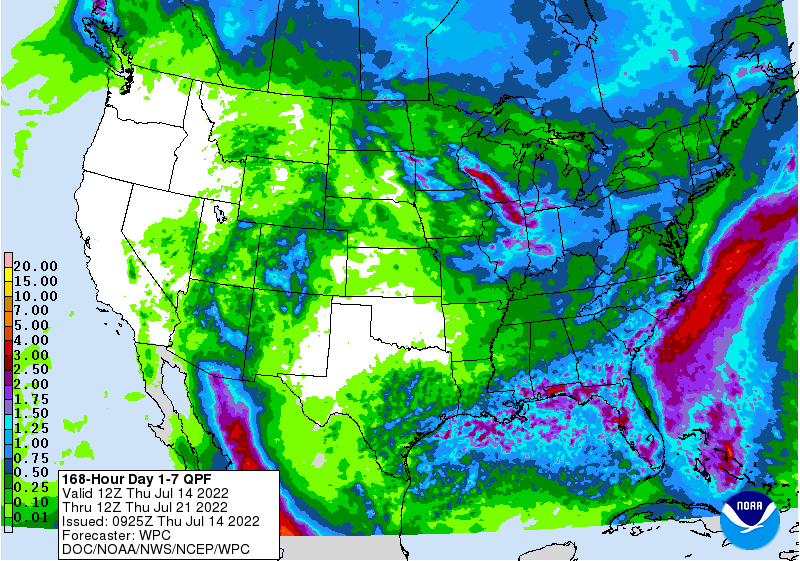PDF Attached
Another
yo-yo session. Outside markets had heavy influence on CBOT ag prices prior to the day session open but some agriculture markets found a grove with help of funds influencing direction. Adverse US weather and China interest for US corn supported corn. Wheat
ended lower on a higher USD despite robust export sales. Product spreading and expectations USDA is too high on current year exports pressured soybeans.
![]()
The
US CPC warned La Nina conditions may continue through the rest of 2022. Conditions may decrease for the northern hemisphere late this summer and increase this fall and early winter.

